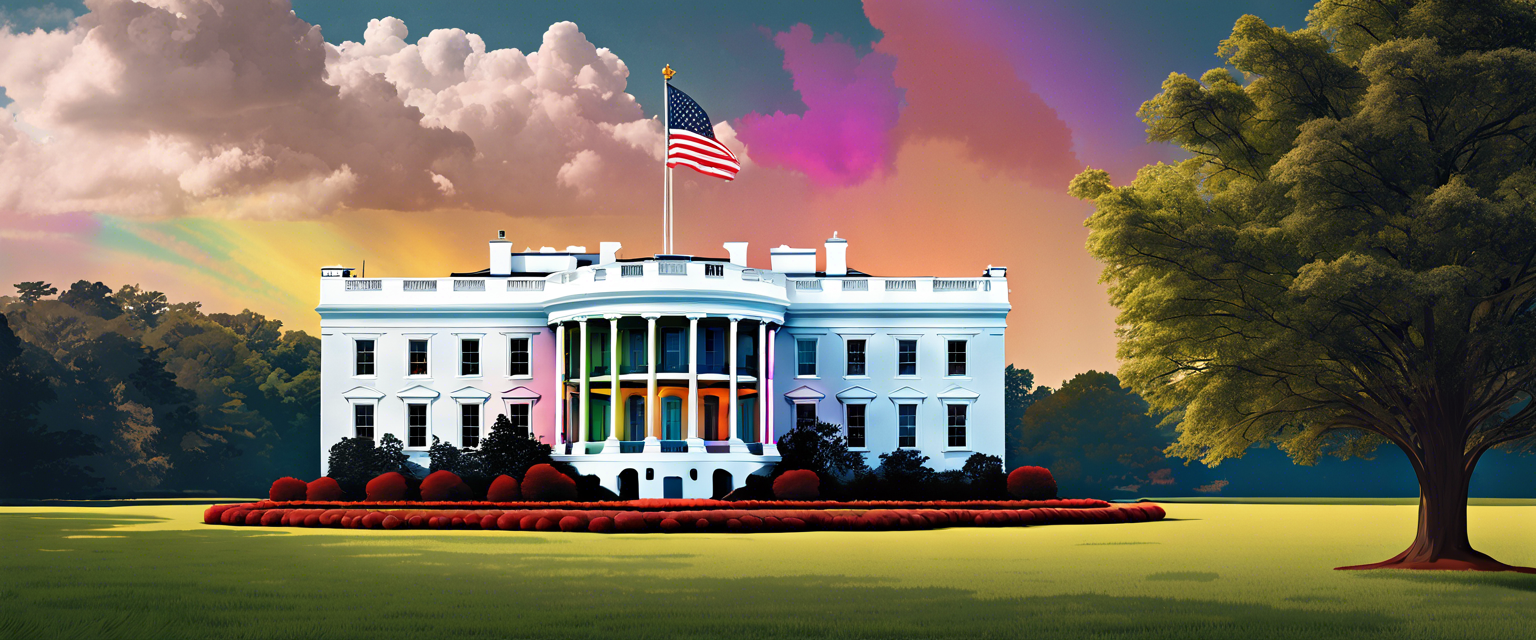Google Photos Introduces Transparency Around AI-Edited Images
In a bold move to enhance transparency in photography, Google Photos is set to implement a new feature that will inform users when an image has been edited using artificial intelligence (AI) tools. This initiative aims to address the growing concern over trust in digital photos in an era where generative AI is capable of producing remarkably realistic alterations.
The Rise of AI in Image Editing
Generative AI technology has revolutionized the way we edit photos, introducing advanced functionalities such as Magic Editor, Magic Eraser, and Zoom Enhance. While these tools enhance creativity and efficiency, they also pose challenges to the authenticity of images. As John Fisher, the engineering director of Google Photos, stated, "Photos edited with tools like Magic Editor, Magic Eraser, and Zoom Enhance already include metadata based on technical standards from The International Press Telecommunications Council (IPTC) to indicate that they’ve been edited using generative AI." This move towards transparency is critical in maintaining user trust.
What Does the New AI Info Section Include?
Starting next week, users will find a new “AI info” section within the image details view of the Google Photos app, both on web and mobile platforms. This section will prominently display information regarding any AI manipulations performed on photos, ensuring users are aware of the content they are viewing. In addition to AI edits, Google will clarify if a photo incorporates elements from multiple images, utilizing features like Best Take and Add Me that are available on Google Pixel devices.
Challenges of Implementing Transparency
While these updates are a significant step forward, the effectiveness of this transparency is contingent upon user compliance. As Fisher noted, “This work is not done, and we’ll continue gathering feedback and evaluating additional solutions to add more transparency around AI edits.” Despite the potential for misuse of this metadata, the effort to create clear guidelines for AI usage is commendable.
Comparisons to Other Major Players
This concern for authenticity in digital photography isn’t unique to Google. Apple is also steering its image-editing features with caution, emphasizing that its newly announced iOS 18.2 will refrain from generating photo-realistic content. Apple executive Craig Federighi has expressed concerns over AI’s capability to distort perceptions of reality, thereby influencing how photos are viewed and trusted by users.
The Importance of Authenticity in Photography
Retouching photographs has been a common practice for years, but the rise of generative AI tools makes it easier than ever to create convincing fakes with minimal effort. As users become increasingly aware of these technologies, the demand for transparency and authenticity in imagery continues to rise.
Conclusion
As technology evolves, so too must our understanding of its applications and implications. Google Photos’ initiative to label AI-edited images represents a significant stride towards restoring confidence in digital imagery. By making AI edits explicit, Google is paving the way for a more informed user experience, encouraging integrity in the digital content we consume.
For more information about the updates to Google Photos or to explore the guidelines surrounding AI on other platforms, please visit Google Photos and Apple's official site.



Оставить комментарий
Все комментарии перед публикацией проверяются.
Этот веб-сайт защищается hCaptcha. Применяются Политика конфиденциальности и Условия использования hCaptcha.